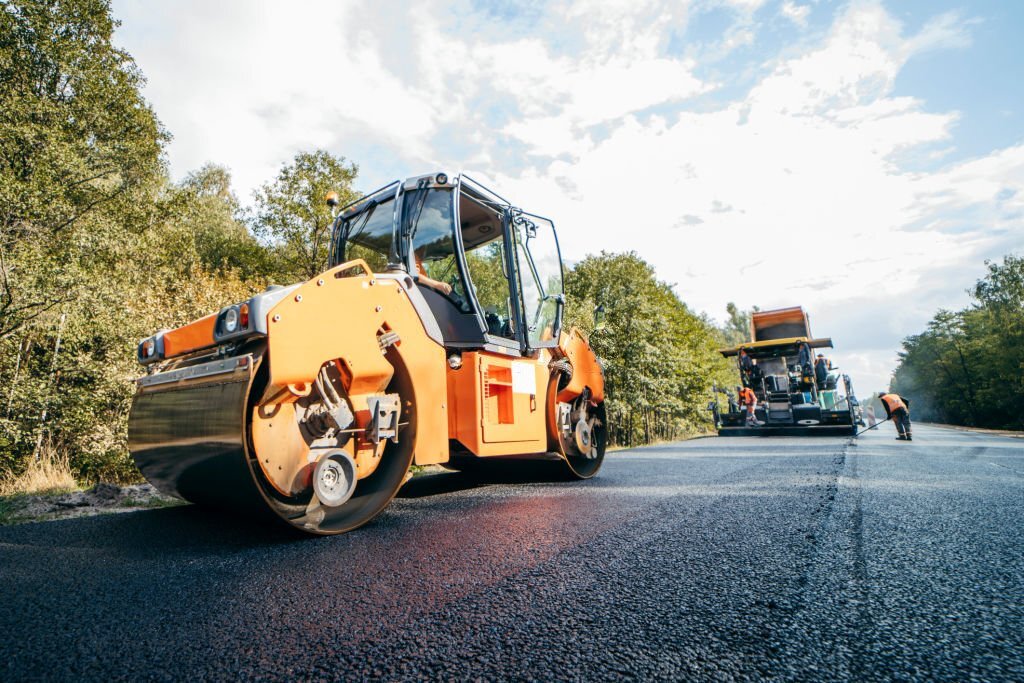
Road construction projects require the efficient and timely transport of materials to ensure smooth progress and the creation of durable roadways. This task is accomplished through the use of heavy equipment specifically designed for material transportation. In this article, we will delve into the different types of heavy equipment utilized in road construction for efficient material transport. Understanding their functionalities and benefits will provide valuable insights into the optimization of material handling processes within the industry.
Dump Trucks:
Dump trucks are the workhorses of material transportation in road construction. These heavy-duty vehicles are equipped with large, open beds that can be hydraulically lifted to unload materials. Dump trucks are commonly used to transport aggregates, such as sand, gravel, and crushed stone, to the construction site. Their robust design, high load capacity, and ability to navigate challenging terrains make them invaluable assets for efficient material transport.
Articulated Trucks:
Articulated trucks are similar to dump trucks but possess an additional joint between the cab and the trailer. This joint allows for increased maneuverability, especially in tight spaces or on uneven terrain. Articulated trucks are often used for transporting materials over long distances within road construction projects, thanks to their enhanced stability and load-carrying capabilities.
Haulers:
Haulers, also known as off-road haul trucks, are specifically designed for transporting large quantities of materials over rough terrains. These heavy-duty trucks are commonly used in road construction projects involving significant earthmoving or excavation activities. Haulers typically feature large, specialized beds with high load capacities, enabling efficient transport of materials such as soil, rocks, and other construction debris.
Conveyor Belts:
Conveyor belts are essential heavy equipment used for material transport in road construction projects. They consist of a continuous loop of belt that moves materials from one location to another. Conveyor belts can be fixed or portable, and they are often utilized to transport bulk materials such as sand, gravel, and asphalt directly from the source to the construction site. Conveyor belts offer a high level of automation, reducing manual labor and streamlining the material transport process.
Wheel Loaders:
Wheel loaders are versatile machines that excel in both material handling and transportation. Equipped with a front-mounted bucket, wheel loaders are used to load materials onto trucks or conveyors. Their agility and maneuverability allow them to efficiently transport materials within the construction site, enhancing productivity and workflow. Wheel loaders are particularly useful in road construction projects where materials need to be loaded and transported over shorter distances.
Excavators:
Although primarily known for their excavation capabilities, excavators can also be utilized for material transport in road construction. Excavators equipped with specialized attachments, such as buckets or grapples, can load materials onto trucks or haulers. Their versatility and ability to handle various materials make excavators a valuable asset in optimizing material transport processes.
Skid Steer Loaders:
Skid steer loaders are compact machines equipped with a small, rigid frame and lift arms. While they may not possess the same load capacity as larger heavy equipment, skid steer loaders are highly maneuverable and ideal for transporting smaller quantities of materials on road construction sites. They are commonly used for tasks such as moving soil, gravel, or construction debris within limited spaces or areas with restricted access.
Benefits of Heavy Equipment for Material Transport in Road Construction:
a) Increased Efficiency: The use of heavy equipment significantly enhances material transport efficiency by reducing manual labor and streamlining the overall workflow.
b) Time and Cost Savings: Heavy equipment enables the transport of larger quantities of materials in a shorter amount of time, ultimately reducing project timelines and costs.
c) Improved Safety: Heavy equipment provides a safer working environment by reducing the need for manual handling of heavy materials and minimizing the risk of accidents or injuries.
d) Enhanced Productivity: The capabilities of heavy equipment, such as high load capacities and maneuverability, contribute to increased productivity, allowing for faster completion of road construction projects.
Conclusion:
The types of heavy equipment used for material transport in road construction projects are vital in ensuring efficient workflow and timely completion. Dump trucks, articulated trucks, haulers, conveyor belts, wheel loaders, excavators, and skid steer loaders all play crucial roles in optimizing material handling processes. By utilizing the appropriate heavy equipment, road construction projects can achieve increased efficiency, cost savings, improved safety, and enhanced productivity. These machines are indispensable assets that contribute to the creation of well-built and durable roadways, benefiting communities and facilitating smooth transportation networks.

